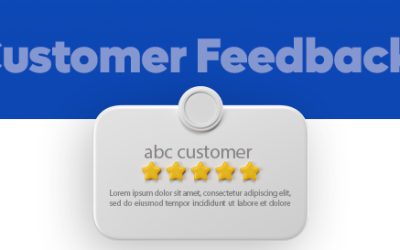Monitoring search metrics for your website is one of the most important aspects of search engine optimization (SEO). Digital marketing in healthcare is just as competitive as in any other industry out there, so observing metrics is important to make changes or improvement.
Bounce rate is the percentage of visitors who enter a website, and then leaves it without continuing to view the other pages on the site. Why is this important? It shows whether your site has relevant and comprehensive content, though there could also be positive factors behind bounce rate.
The Reasoning behind Bounce Rate
The pages of your website are typically optimized for keywords and search phrases in relation to a particular keyword. If the content of your web pages is comprehensive and relevant and the users get what they’re looking for, if the interface of your website is user-friendly, and if users can get to the various sections of your website easily, the chances are they will stay on your site for a longer period of time thereby reducing its bounce rate.
On the other hand, if readers enter your site and don’t find what they’re looking for, and find the website interface too confusing, they’d probably leave the site right away, increasing its bounce rate. So the bounce rate can be taken as a measure of the quality and resourcefulness of your website content and also the efficiency of its design – vital factors for better search engine performance.
Calculating Bounce Rate
The bounce rate is a calculation of how many single page user visits your website has, and dividing them by the total number of visits. The bounce rate is therefore calculated in terms of a percentage of the total number of visits to your site.
Here’s an example. If there are 1000 visitors to your website in a month, and 800 of them leave your site after visiting just the homepage, that page has a bounce rate of 80% for the month – not an ideal figure at all, because not only are you missing out on prospective conversions since the visitors don’t check out many other aspects of your website, but it also gives an indication to Google that your homepage does not have the relevant content and does not lead users to the content or services they are looking for. This is an important metric in Google Analytics, and you need to keep monitoring the bounce rate of your landing pages if you must maximize conversions and get the most out of your site.
How Google Analytics Defines a Bounce
As per Google Analytics, a bounce is the session spent by the user on a single page in your site. The bounce rate for that page is only measured for sessions starting with that page, be it the homepage, services page or other individual pages of your site.
While we saw examples of bounce rate at a page level, we also have bounce rate at the website level. From the perspective of Google Analytics, the bounce rate refers to the percentage of sessions on a single page when compared to the overall sessions.
From this perspective, a higher bounce rate can also indicate a positive factor, in that the content was so relevant and comprehensive and the interface so user-friendly, that the reader could get what he/she was looking for in just an instant or without visiting other pages, which made him/her leave the page quickly. In that sense, bounce rate changes at the website level could perhaps not be taken as an issue in website performance, though it may warrant some investigation.
Bounce Rate at the Page Level
When considered at the page level, you need to check what kind of page it is to figure out whether the change is a good thing or a bad thing. The homepage is the page of initiation, where the reader gets to understand what the website is about and what information or services he/she can expect. Increased bounce rate here is usually a bad thing. It shows readers aren’t willing to get past the homepage to the other parts of a website.
Increased bounce rate in an article or content page could indicate that users have got the information they need. Alternately, it could also indicate they didn’t find the information they were looking for, or the interface was confusing and thus left soon. Bounce rate can therefore be a starting point for further investigation though it cannot, by itself, detect anything positive or negative.
Bounce Rate for Product Pages
When it comes to an ecommerce site, the product page becomes super-important. The product page obviously has ecommerce-related features such as product lists and descriptions including payment functionalities. If the bounce rate rises on these pages, it could be that the searcher didn’t find what he/she is looking for. If there have been changes to your website template, you need to analyze if they are hampering the user experience.
Medical website marketing companies will obviously be monitoring these metrics and suggesting changes to their client websites.




